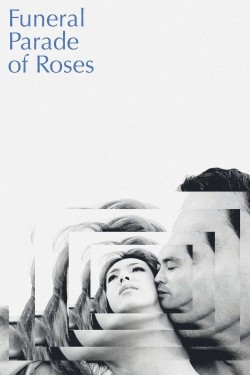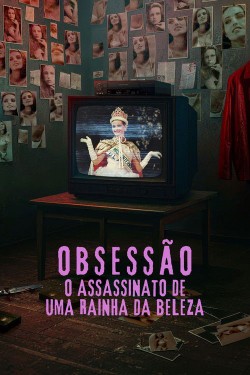
Funeral Parade of Roses
With its frenetic fusion of avant-garde aesthetics and grind-house shocks, Funeral Parade of Roses takes the audience on a thrilling voyage into the bowels of the late-'60s Tokyo underworld, and it's not even over yet. In Toshio Matsumoto's controversial debut feature, seemingly nothing is off-limits: neither the incorporation of visual flourishes straight from the worlds of contemporary graphic-design, painting, comic-books, and animation, nor the unflinching depiction of nudity, sex, drug use, and public-toilets, among other things. But, of all the "transgressions" on display, there is arguably one that stands out the most: the film's revolutionary and unapologetically positive representation of Japanese gay society.
Read full
Genres:
Production:
Country:
Duration:
104 m

















Discussion